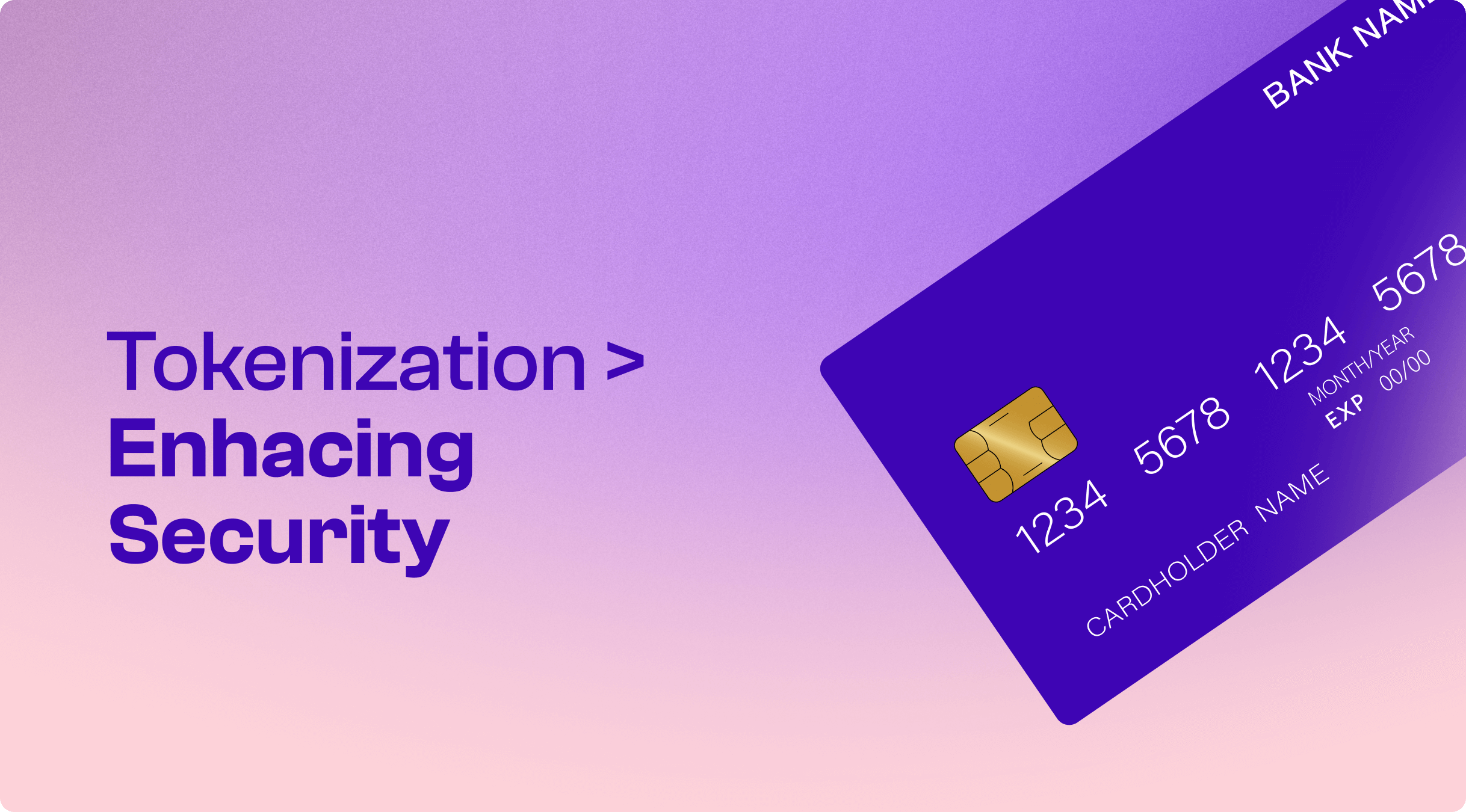All Post
Network Tokenization: Enhancing Security and Efficiency in Digital Payments
In today’s fast-evolving digital payment landscape, security and efficiency are crucial. With the fast-paced growth of online transactions, businesses and consumers demand safer & more seamless payment methods. One significant advancement in this area is the adoption of Network Tokens (NTs), a new solution that boosts security and increases approval rates. Let’s dive into how they’re making payments smarter!
First things first: What is Tokenization?
Tokenization replaces sensitive payment information (such as a PAN*), with a unique identifier known as a token. This ensures that actual card details are never exposed, reducing the risk of fraud and unauthorized access to payment credentials.

*Btw, do you know what the digits on a credit card mean?
- First Digit: Identifies the card network (e.g., 4 for Visa).
- Digits 2-6: Issuer Identifier.
- Digits 7-15: Unique account number.
- 16th Digit: Check digit for validation purposes.
PCI Tokens vs. Network Tokens
Many merchants and payment service providers (PSPs) already use PCI tokens, which tokenize card details at the processor level to protect transactions. However, NTs operate at the payment network level (e.g., Visa, Mastercard, Amex) and offer additional benefits: more dynamic and secure, interoperable and automatic card updates. Isn’t it great?
The rise of Network Tokens
Although Network Tokenization began their development in 2014, its adoption has definitely accelerated in recent years. This growth is fueled by the expansion of digital payments, the increase in stored card details (for subscriptions and one-click checkouts) and last but not least fraud prevention. Did you know that digital transactions face fraud rates up to 7x higher than in-person payments? This pushes the businesses to adopt more secure alternatives.
How Are Network Tokens Used?
Network Tokens improve upon traditional PAN transactions, which expose sensitive data and increase fraud risk. Here’s how they work:
Token Issuance: When a customer/cardholder saves their card details, the payment network creates a Network Token.
Token Usage: Transactions use this secure NT instead of the original PAN.
Automatic Updates: The NT automatically updates when cards expire or are replaced—no user action needed.

How Vangwe implemented Network Tokens
At Vangwe, we integrated Visa Token Service (VTS) and Mastercard Secure Card on File (SCOF) as part of a client project. This allowed us to streamline digital payments and reduce transaction friction while enhancing security. Our experience demonstrated significant improvements in approval rates and customer retention.
Benefits of Network Token
| For Merchants | For Customers |
|---|---|
| No PSP Lock-in: Businesses can switch PSPs without losing tokenized data. | Better Security: Sensitive data remains protected. |
| Higher Approval Rates: Up to 2.1% increase in successful transactions. | Improved User Experience: Faster, frictionless checkouts, particularly for subscriptions. |
| Fewer False Declines: A 5-8% reduction in false positives. | |
| Seamless Subscription Management: Ideal for recurring payments, reducing customer churn. |
In case you are still asking yourself, So… why choosing NTs then?
We have now seen that Payment Networks are promoting the implementation of Network Tokens, but why?
Liability shift: issuers and networks assume fraud responsibility.
Lower fees: Network tokens transactions often have reduced fees compared to PAN transactions.
Click to pay: Visa, Mastercard, and Amex promote its usage through simplified checkout experiences, eliminating manual data entry.
Final Thoughts
While adopting Network Tokenization may require technical adjustments,the benefits far outweigh the challenges. At Vangwe, we’ve seen first-hand how NTs improve security, approval rates, and customer experience. As digital payments continue to grow, embracing Network Tokens will be a key step toward a safer and more efficient future. In our opinion, Mastercard is leading the way in this space. What do you think about it?

